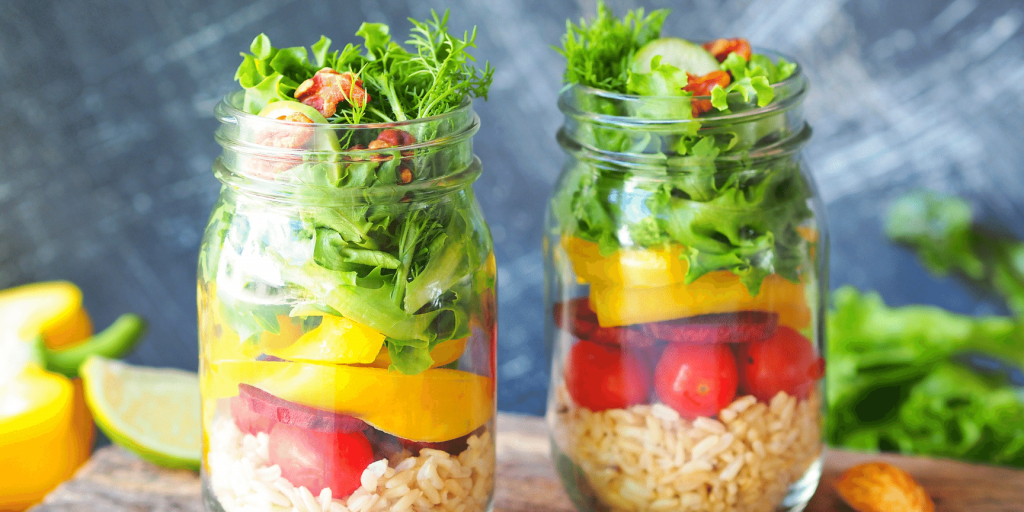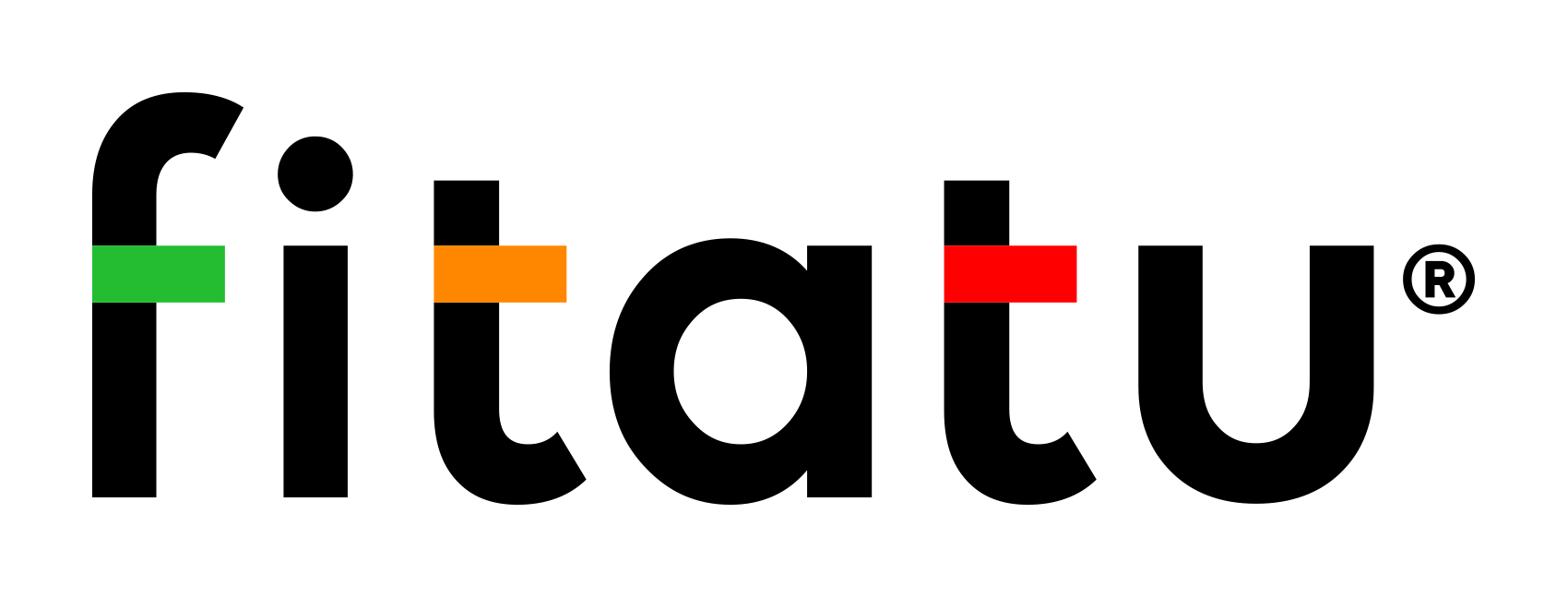The vegan diet – what it is and whether it’s worth it

The vegan diet is gaining more and more new followers every year. For many people, it is no longer just a way of eating, but a lifestyle. But is it actually healthy? If so, how do you follow it? We explain!
What is a vegan diet? Principles
Veganism is one variation of vegetarianism. Its adherents are people who care deeply about the environment, love animals and respect their health. In a broader sense, veganism is understood as a philosophy and lifestyle, not just a vegan diet. What does this mean? Vegans do not tolerate cruelty to animals in any form. Not only do they not eat animal products, but they also do not wear leather clothing or buy things in the production of which an animal might suffer. This also applies to dietary supplements and medicines.
What is a vegan diet all about? The principles are very simple – all animal products are excluded from the diet, including dairy products, eggs, fish and seafood. However, you are allowed to eat products that imitate them, such as rice milk, tofu, coconut yoghurt or soya sausages. Veganism also involves eating organically grown products and as little processing as possible. Frying and cooking should be short enough so that valuable vitamins and minerals are not lost.
Veganism – what to eat on a vegan diet?
So let’s get down to specifics – what foods can be eaten on a vegan diet and which should be avoided? We explain!
What to eat on a vegan diet?
The diet allows the consumption of:
- whole grain cereals, which provide the body with the energy it needs to function properly, dietary fibres, vitamins (e.g. B vitamins) and minerals (e.g. zinc, iron);
- vegetables and fruit
- pulses (especially soya, lentils, chickpeas, peas, broad beans and beans), which are a source of protein;
- vegetable fats (vegetable oils, seeds and seeds, avocados), which are sources of protein, vitamins, valuable antioxidants and other nutrients (e.g. calcium, iron and omega-3 fatty acids) that people on a plant-based diet are potentially at risk of deficiency.
It is worth mentioning that typical vege snacks, e.g. yam fritters or beetroot or beetroot burgers, plant-based drinks (e.g. soya milk, rice milk, coconut milk), plant-based puddings, ice creams, desserts and yoghurts are not only popular with vegans, but also with people who do not abstain from animal products.
What to avoid on a vegan diet?
Basically, this type of diet completely eliminates animal products. The only one that raises doubts among vegans themselves is honey. For some, it is an animal product, while for others it is a plant product. Therefore, its consumption depends on individual convictions.

Sample vegan diet – menu
Day 1
Breakfast: chia pudding with fruit and toppings.
Second breakfast: tortilla with hummus and peppers.
Lunch: meal with quinoa, tofu and carrots.
Afternoon: sugar-free coconut yoghurt with a handful of Brazil nuts.
Dinner: salad with potatoes and chickpeas.
Day 2
Breakfast: oatmeal on soya milk with pear in ginger.
Second breakfast: bowl with avocado, lentils and spinach.
Lunch: roasted yam stuffed with hummus.
Afternoon: smoothie of spinach, pear and orange with chia.
Dinner: lentil soup.
Day 3
Breakfast: chia pudding with fruit and toppings.
Second breakfast: Tortilla with hummus and peppers.
Lunch: dish with quinoa, tofu and carrots.
Afternoon: sugar-free coconut yoghurt with a handful of Brazil nuts.
Dinner: salad with potatoes and chickpeas.
Day 4
Breakfast: berry pudding and challah flavour.
Second breakfast: hummus with beetroot and celery.
Lunch: tofu with rice and vegetables.
Afternoon: smoothie with celery, kiwi and chia.
Dinner: salad of pickled cucumbers and tomatoes plus wholemeal bread.
Day 5
Breakfast: oatmeal pancakes with caramelised plums.
Second breakfast: smoothie of kale, berries, banana, peanut butter and almond drink.
Lunch: dish with quinoa, tofu and carrots.
Afternoon: soup-cream of carrots with chilli.
Dinner: spinach and tofu salad with sesame and wholemeal bread.
A vegan diet is not complicated to prepare, although you do need to see how to put together a menu so that you don’t miss out on any nutrients. If you don’t have the time or enough knowledge to do this, go for the premium version on the Fitatu app. There you will find more than 1,000 recipes and access to a vegetarian diet to help you compose your menu. You can also use the filters in the Recipe Catalogue to easily find vegan dishes.
The programme also allows you to count the calories of your meals, monitor nutrients and generate a shopping list based on your planned menu. Don’t wait, log in and check out what else the Fitatu app has to offer!
Is a vegan diet healthy?
Many people who want to convert to vegetarianism or veganism wonder whether a vegan diet is healthy. The biggest concerns are about possible protein, iron and calcium deficiencies. However, a well-composed menu will provide the body with most nutrients.
- Protein can be found in soya products, cereals, legumes, nuts and seeds.
- Omega-3 fatty acids are found in rapeseed and flaxseed oil, walnuts, linseed and marine algae.
- Calcium is found in broccoli, kale, almonds, hazelnuts, pistachios, sesame and poppy seeds, soya milk and tofu.
- Iron is found in green leafy vegetables, soya and soya products, wheat germ, parsley, beans, chickpeas, broccoli, cauliflower, dried fruit, whole-grain bread, pasta and cereals, and pumpkin and sunflower seeds.
The most problematic part is ensuring adequate vitamin B12 in the diet. Vegans will find it in tempeh (a product made from soya), spirulina, shitake mushrooms and chlorella, among others. However, the amounts are so small that supplementation with this vitamin is worthwhile. Apart from exceptional conditions, autoimmune diseases and certain intestinal ailments, a balanced vegan diet is suitable for everyone. Of course, like any diet, it also requires those following it to monitor their health.
Increasing vegetables and fruit and whole-grain products in the diet definitely improves the functioning of the whole body. Reducing the intake of processed foods and sweets not only makes you feel better, but also sheds a few pounds in the process. In addition, the high content of antioxidant substances contained in fruit and vegetables protects against free radicals, slows down ageing and has an anti-inflammatory effect.
Want to switch to a vegan diet? Do it with Fitatu!
With increasing environmental awareness, more and more people are eliminating meat from their diet. However, there is still a lot of confusion between veganism and vegetarianism, as both diets are based on plant-based products. What is the difference and what does a vegan diet consist of? Veganism completely excludes eating zoonotic products such as dairy and eggs – apart from that, the principles are the same. Despite appearances, a plant-based diet can fully replace these.
Want to switch to veganism but don’t know where to start? Install the Fitatu app to get access to a huge database of different dishes. Among the features available, you will also find a calorie calculator or a product scanner. If you upgrade to Fitatu Premium, you’ll additionally receive six ready-made menus, access to the web version and many other conveniences. Download the app from the Play Store or App Store and discover how delicious and filling meat-free dishes can be! Do you prefer the web version? No problem. A basic web version is prepared for our subscribers. And now you can use the VEGE-N discount code by going to https://www.fitatu.com/app/giftcode and get 29% off your monthly Fitatu Premium.





